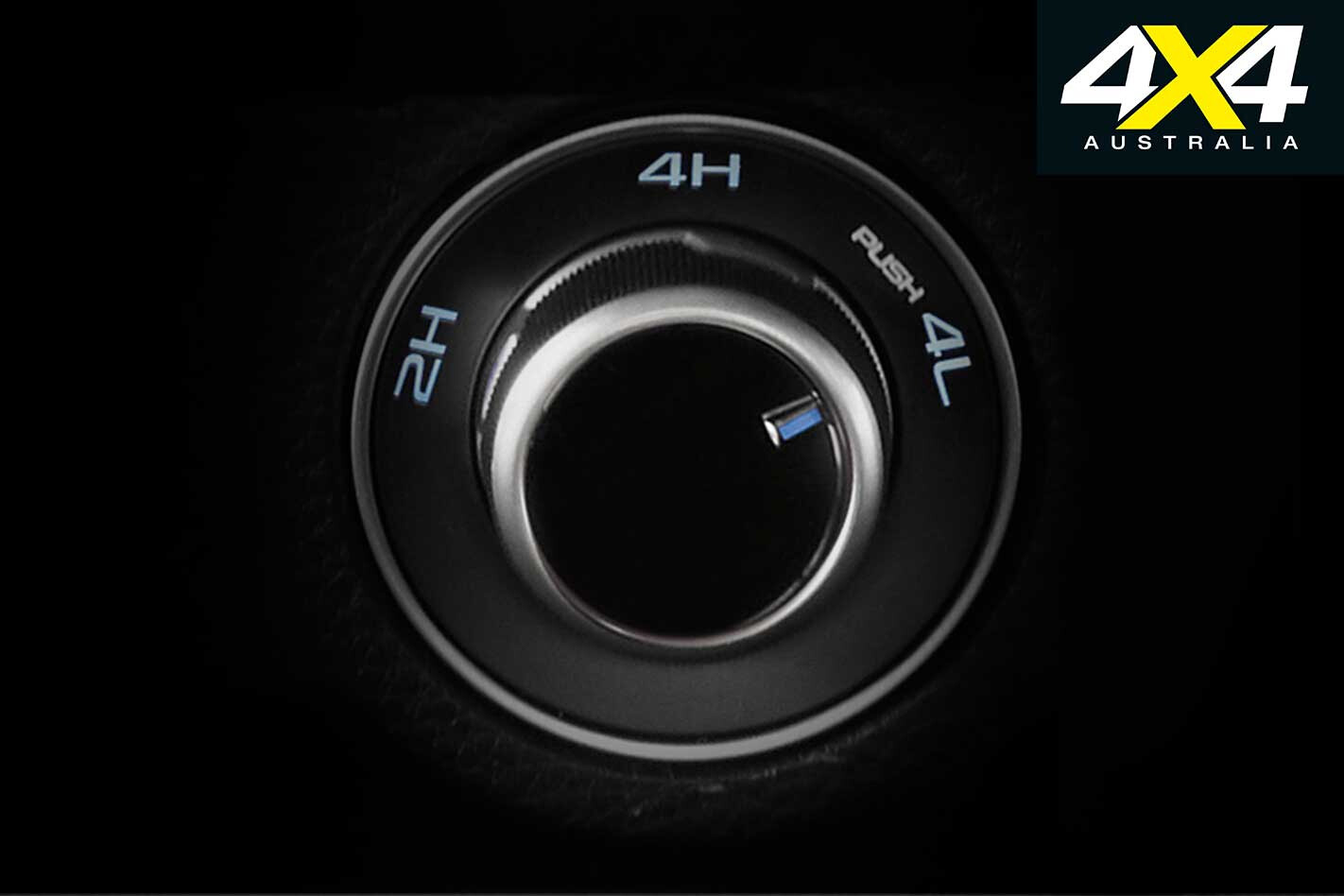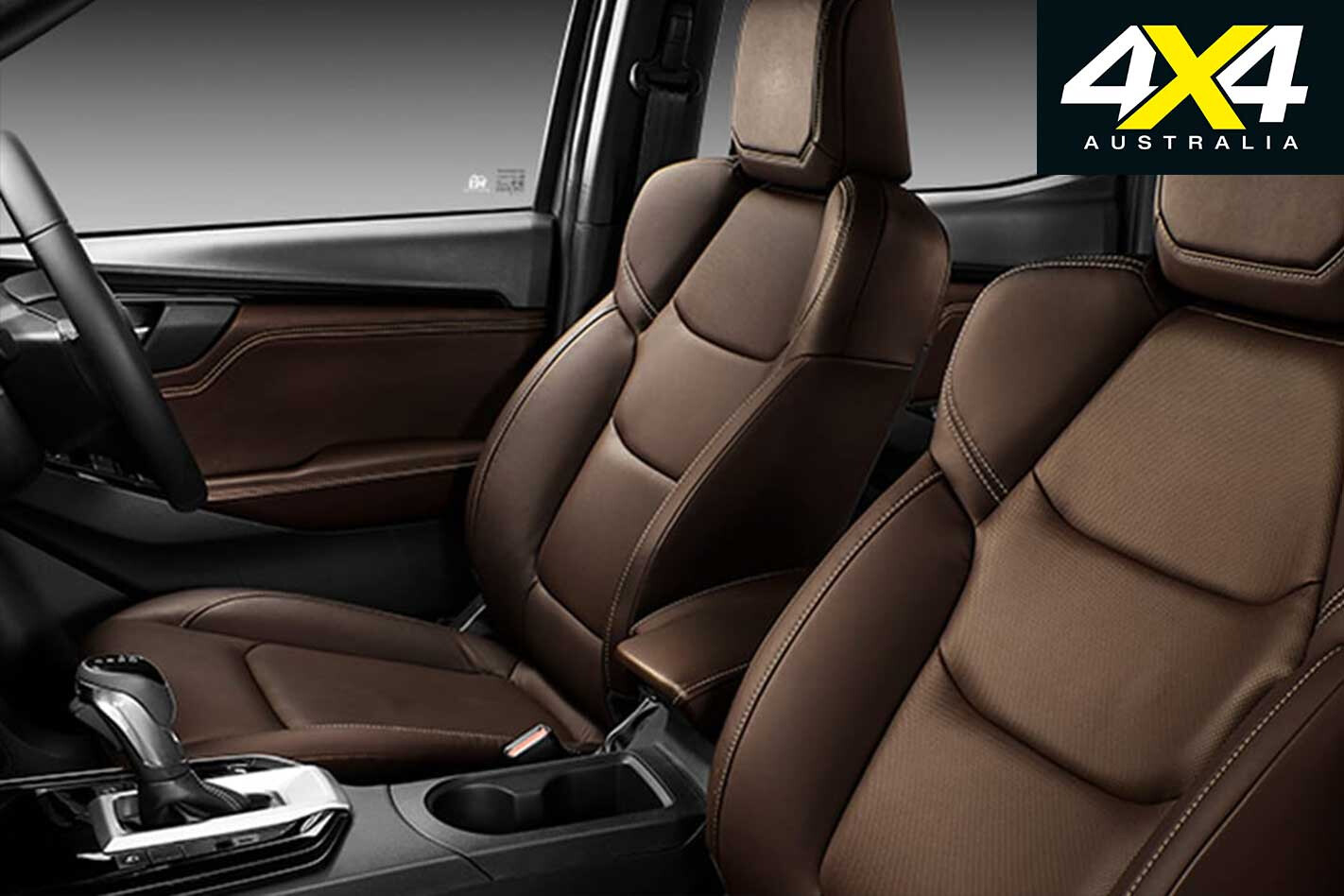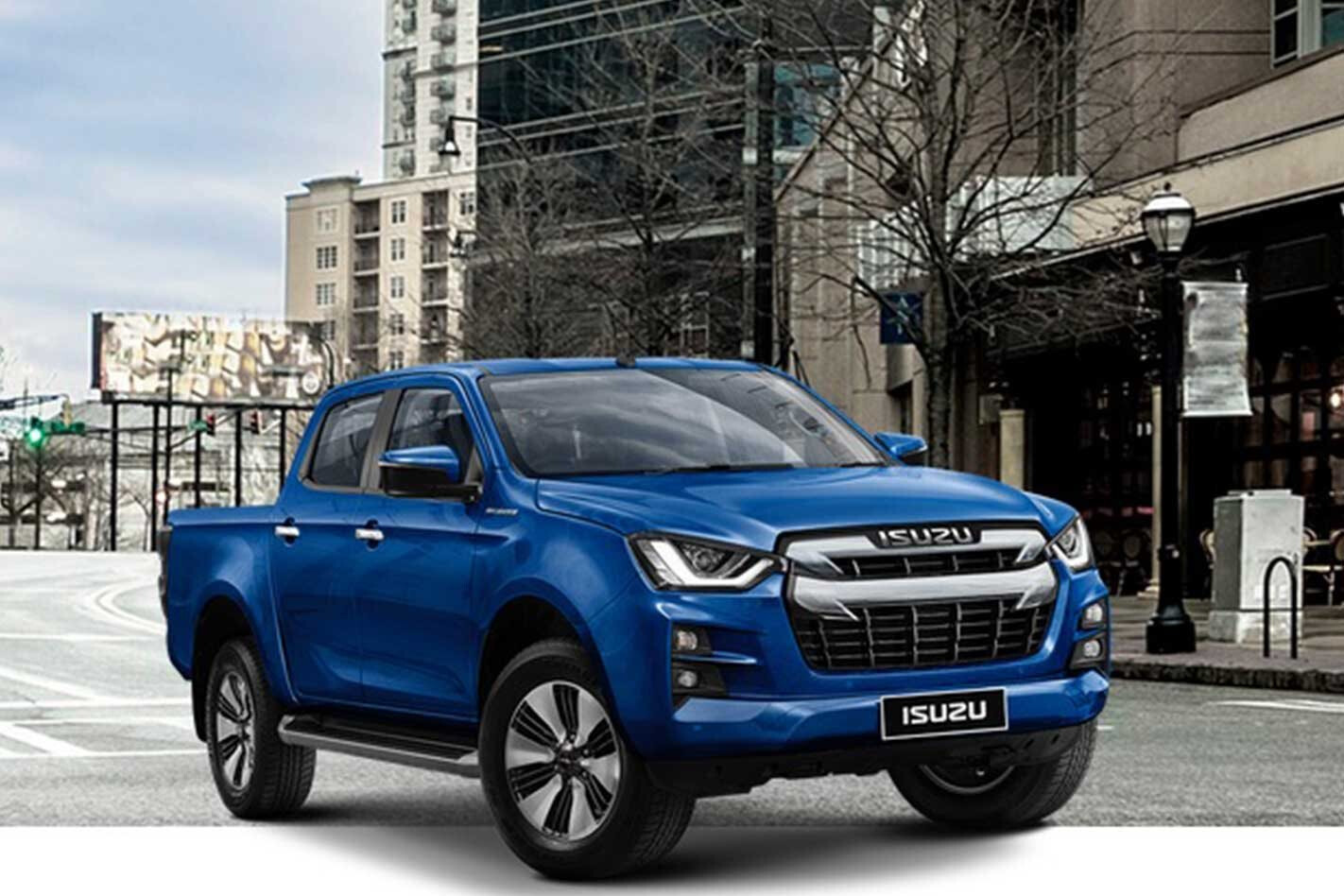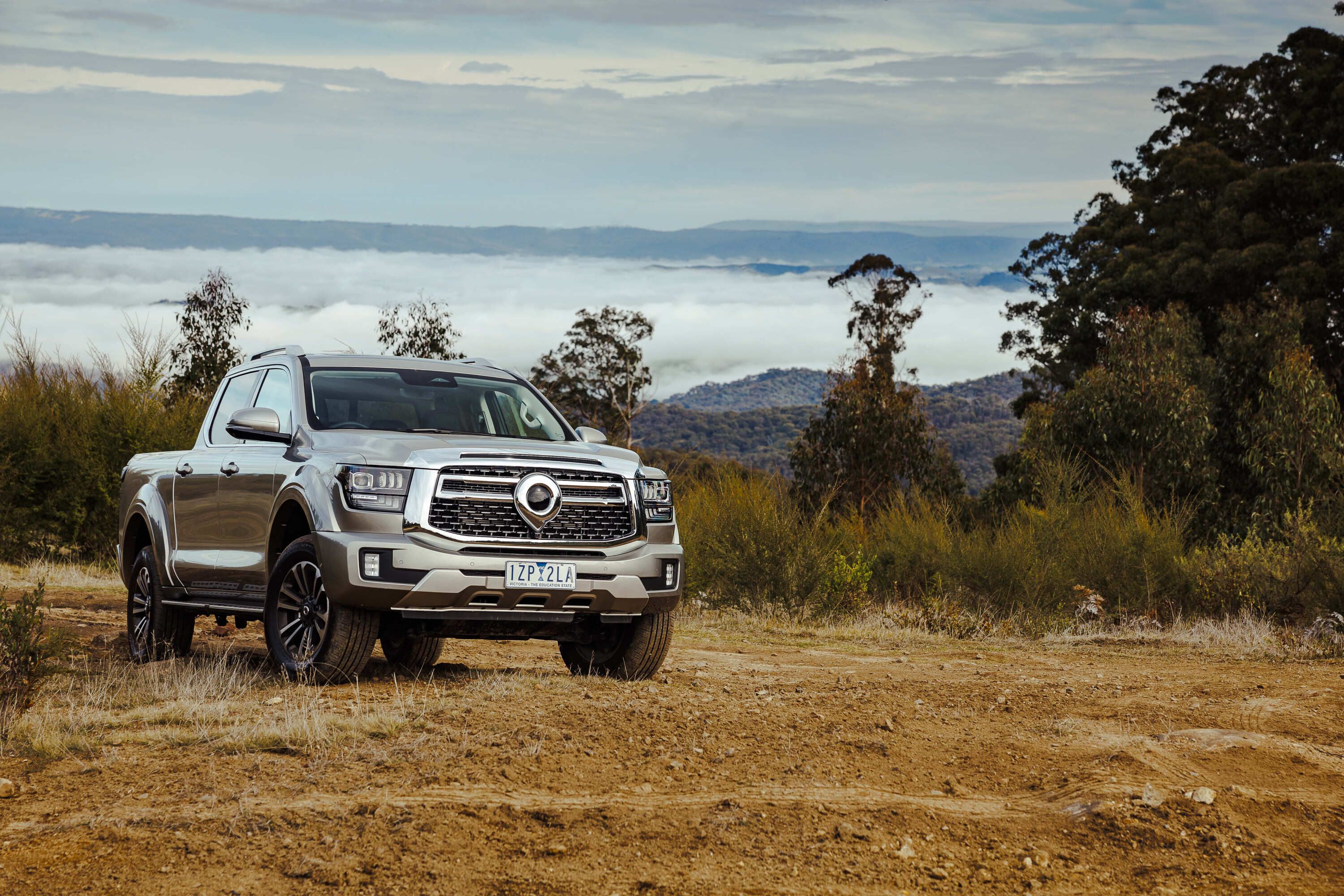THE 2020 Isuzu D-Max will begin rolling out of Thai showrooms this week, but we won’t see it in Australia until next year.
It’s the Japanese brand’s first major change to the pick-up since its debut way back in 2012, despite a few facelifts in-between (2015 and 2017). The design changes are obvious, but delve a bit deeper into the Thai model and there are plenty of things to like about the 2020 iteration.
Here are 10 things you need to know about the all-new D-Max.
MORE POWER
The 2020 D-Max will continue to run its venerable 3.0-litre turbo-diesel engine (4JJ1), but it will get a bump in power and torque (from 130kW/430Nm to 140kW/450Nm) due in part to high-injection pressure and an electronically controlled VGS turbocharger. The updated engine is codenamed 4JJ3.
REAR DIFF LOCK
The 4×4 models will be equipped with an electromagnetic rear diff lock as standard for the first time, the lack of which hindered the off-road ability of previous iterations. Isuzu also says: “With an enhanced transfer of power to the wheels, it now takes shorter time to switch between two-wheel and four-wheel drive, as well as between high and low.”

MORE WADING DEPTH
The 2020 Isuzu D-Max now claims a wading depth of 800mm, which is 200mm more than its predecessor. Cahills Crossing, here we come!
POWERTRAIN CHANGES
To cut fat and save weight, Isuzu has incorporated a single propeller shaft made of aluminium into the 4×4 vehicles. In addition, a pull-ring shift lever has been implemented – replacing the canted shift design that requires the driver to push the gear-stick down – to make reversing easier.
BIGGER BRAKES
The size of the D-Max’s brake rotors has been increased to 330mm for improved stopping ability. The servo ratio has also been tweaked, with Isuzu claiming improved braking performance, feel and noise/vibration levels.
STRONGER AND LIGHTER
Isuzu claims body rigidity is up by 20 per cent, in part due to the implementation of 980MPa high-tensile steel plates (which also keeps weight down). Isuzu also states the “application of higher than 390MPa high-tensile steel plates has increased from 30 per cent to 46 per cent.”
REFINED INTERIOR
The cabin has been updated with a nine-inch digital display, a redesigned console that is “designed to enfold the driver and passenger as if they were in a cockpit of an airplane”, and high-end textures and embossing. Low-rebound MDI polyurethane is used for the front seat cushions, with eight-way power adjustment available.

IMPROVED SAFETY
The 2020 D-Max will receive advanced safety tech including rear cross-traffic alert and blind-spot monitoring, as well as hill start assist and hill descent control, among others. Whether it comes with autonomous emergency braking remains to be seen.
NEW, TOUGHER LOOK
The 2020 D-Max features a more aggressive silhouette, headlined by a redesigned front fascia with LED lighting. LEDs appear on the tailgate, which also sports a new look. A rear step bumper has been fitted.
IMPROVED FUEL ECONOMY
According to Isuzu Japan, the 2020 D-Max offers “market-leading low fuel consumption and C02 emissions”. We’ll know exact details closer to its local launch.






